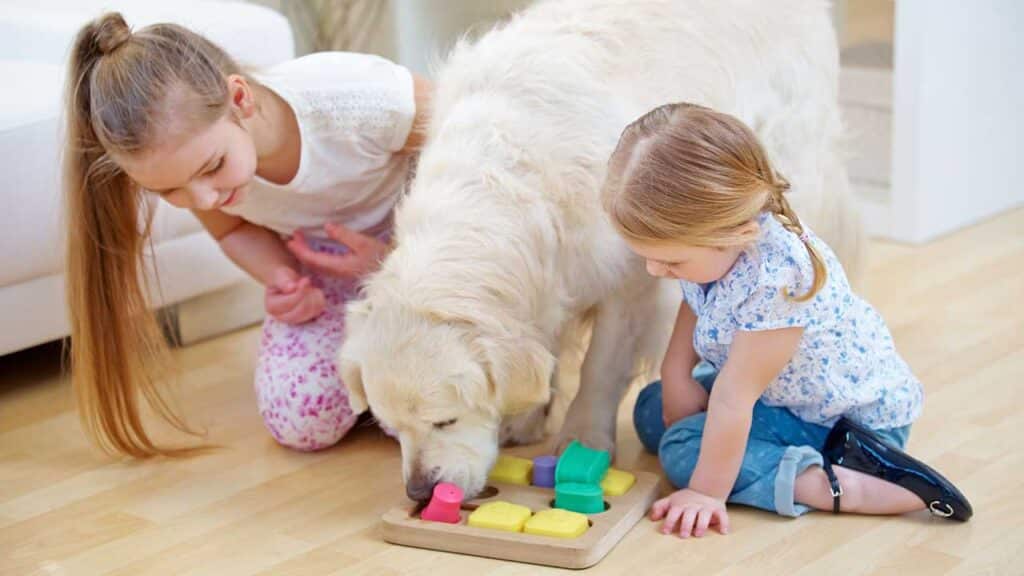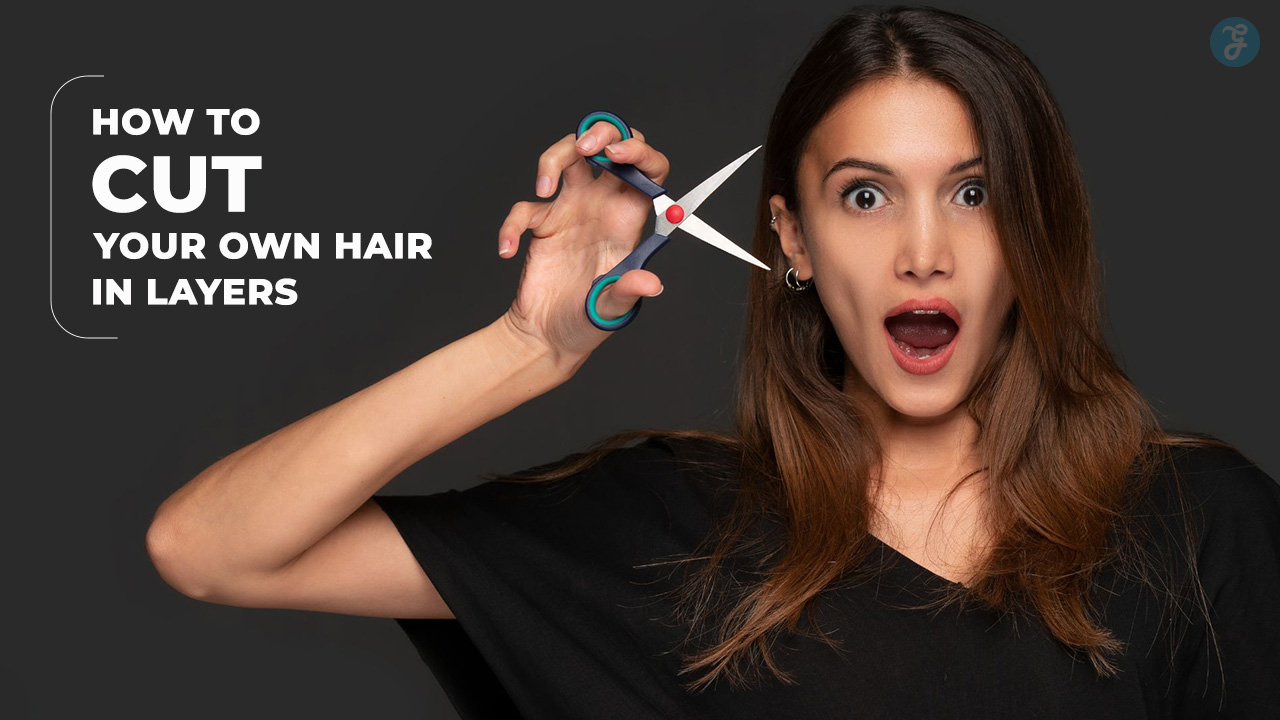Pets are an essential part of our lives, bringing joy, companionship, and even health benefits to their owners. However, ensuring our pets stay active and healthy can be challenging, especially for those who live in smaller spaces or have limited outdoor access. Indoor activities are not only practical but also necessary to keep your pet physically and mentally stimulated.
In this guide, we’ll explore seven effective ways to help your pet stay fit, healthy, and happy indoors. From interactive play to mindful feeding practices, these strategies will support a well-rounded lifestyle for your furry friend.
1. Create an Engaging Play Environment
One of the best ways to keep your pet active indoors is by creating an environment that encourages play. While outdoor play provides natural stimulation, an indoor setup can be just as fun with a little creativity. Here’s how to set up an engaging play space for your pet:
- Establish a Play Area: Choose a corner of your living room or a spare room to store toys and play equipment. Make sure the area is free from breakables and provides enough room for your pet to move freely.
- Use Interactive Toys: Interactive toys, such as treat-dispensing balls and laser pointers, stimulate your pet’s curiosity and help with exercise. Cats enjoy laser pointers and feather wands, while dogs might prefer treat balls or squeaky toys.
- Switch Toys Regularly: Pets, especially dogs and cats, can get bored if they play with the same toys repeatedly. Rotating toys weekly keeps the play environment fresh and engaging.
Benefits of an Engaging Play Environment
| Benefits | Explanation |
|---|---|
| Mental Stimulation | New toys and play setups keep pets mentally alert, reducing stress levels. |
| Physical Exercise | Active play burns calories, helping with weight management. |
| Bonding Opportunities | Playing together strengthens the bond between you and your pet. |
2. Encourage Physical Activity with Simple Indoor Exercises
Even in small indoor spaces, pets can benefit from a variety of exercises. Here are a few effective ways to incorporate exercise into your pet’s daily routine:
- Obstacle Courses: Set up a small obstacle course with everyday household items like pillows, blankets, or cardboard boxes. Guiding your pet through these obstacles can be a fun way to exercise.
- Fetch and Tug-of-War: Classic games like fetch and tug-of-war are highly engaging for dogs. These games keep them physically active and help release energy.
- Jumping Games for Cats: Use toys on strings or laser pointers to encourage your cat to jump and pounce, which provides excellent exercise.
3. Provide Mental Stimulation through Puzzle Toys
Puzzle toys are an excellent way to challenge your pet’s brain and keep them engaged indoors. Dogs and cats both benefit from puzzle toys, which come in various forms to match different skill levels.
- Treat Puzzles: These toys require pets to solve a puzzle in order to access a treat, which stimulates their minds and helps alleviate boredom.
- Hidden Toys: Hide toys around the house for a scavenger hunt, allowing pets to use their natural hunting instincts.
- Interactive Feeders: Using puzzle feeders for mealtimes slows down their eating, promoting better digestion and mental engagement.
Benefits of Puzzle Toys
| Benefits | Explanation |
|---|---|
| Reduces Boredom | Keeps pets busy and prevents destructive behavior. |
| Mental Exercise | Puzzle toys challenge their cognitive skills, enhancing focus. |
| Improves Patience | Pets learn patience and problem-solving, reducing anxiety. |
4. Practice Mindful Feeding and Nutrition Management
Healthy eating is crucial for your pet’s overall well-being. Practicing mindful feeding can help manage their weight and prevent overeating.
- Portion Control: Stick to recommended portion sizes based on your pet’s breed, size, and age. Obesity, associated with various health issues, can result from overfeeding.
- Scheduled Feeding Times: Establish a feeding routine to prevent overeating. Feed pets at set times and avoid giving them too many treats.
- Healthy Treats: Provide nutrient-rich treats, such as vegetables (like carrots or green beans for dogs) or specific pet-safe treats that are low in calories.
5. Maintain a Regular Grooming Routine
Grooming is not only essential for keeping your pet clean but also contributes to their physical activity.
- Brushing and Massage: Brushing your pet’s fur reduces shedding and stimulates their skin. Additionally, massaging your pet can improve circulation and help them relax.
- Nail Trimming and Ear Cleaning: Regular nail trimming keeps your pet comfortable and prevents injuries. Ear cleaning, especially for pets prone to ear infections, also supports overall health.
- Bathing and Dental Care: Routine bathing removes dirt and prevents skin problems, while dental care ensures strong, healthy teeth.
Grooming Routine Table
| Grooming Task | Frequency | Benefits |
|---|---|---|
| Brushing | 2-3 times per week | Reduces shedding and promotes healthy fur |
| Nail Trimming | Every 3-4 weeks | Prevents overgrowth and discomfort |
| Dental Cleaning | Daily or weekly | Reduces plaque and bad breath |
| Ear Cleaning | Monthly | Prevents infections and discomfort |
6. Encourage Training and Obedience Exercises
Indoor training sessions are beneficial for physical activity and mental stimulation. Training helps reinforce positive behavior, and obedience exercises can be particularly engaging for dogs.
- Basic Commands: Teach or reinforce commands like “sit,” “stay,” and “come,” which engage your pet’s mind.
- Hide-and-Seek with Treats: Hide treats around the house to create a treasure hunt, challenging your pet’s senses.
- Advanced Tricks: Teach new tricks or agility skills to further enhance mental engagement. Use positive reinforcement to reward their effort.
7. Offer Sensory Stimulation Activities
Providing sensory activities can enrich your pet’s indoor environment and keep them engaged throughout the day.
- Sensory Toys: Opt for toys that appeal to your pet’s senses. For example, cats may enjoy toys with catnip, while dogs might prefer toys with unique textures.
- Auditory Stimulation: Soothing pet-friendly music can reduce anxiety, while sounds of nature can be intriguing for pets left home alone.
- Scents and Textures: Introduce new textures (like rugs or blankets) and pet-safe scents, as pets enjoy exploring different surfaces and smells.
Conclusion
Maintaining an active and healthy lifestyle for your pet indoors is achievable with a little planning and creativity. By creating a stimulating environment, encouraging mental and physical exercises, and ensuring proper nutrition, you can significantly enhance your pet’s quality of life indoors.
Each pet is unique, so observe their preferences and adjust activities to suit their personality and needs. A healthy indoor lifestyle contributes to their happiness, longevity, and the deep bond you share.









































